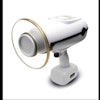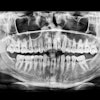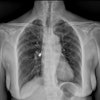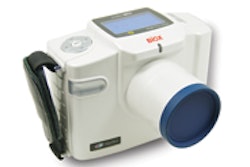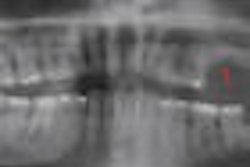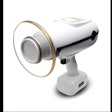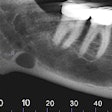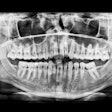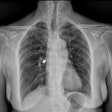Aribex, makers of the Nomad handheld, portable x-ray device, has been steadily building a healthy business since gaining U.S. Food and Drug Administration approval in 2005, having produced more than 10,000 units to date.
Dear DrBicuspid Member,
Aribex, makers of the Nomad handheld, portable x-ray device, has been steadily building a healthy business since gaining U.S. Food and Drug Administration approval in 2005, having produced more than 10,000 units to date and reporting 30% year over year revenue growth in 2011.
Sales will likely take a significant jump in the months ahead following last week's announcement that Aribex had been acquired by KaVo for an undisclosed sum. Click here to read Aribex founder D. Clark Turner's thoughts about the acquisition and what it means for the company's future.
Meanwhile, over in the Oral Cancer & Diagnostics Community, research has suggested that exposure to the electromagnetic field emitted by mobile phones may have genotoxic effects in cellphone users. However, results from these studies have varied considerably, either suggesting or denying a correlation between heavy cellphone use and migraines, brain tumors, auditory canal pathologies, and physiologic changes in the salivary glands.
Now a new study in Oral Diseases is sure to further stir the pot.
Another controversial issue in oral health research is whether there is a link between a pregnant woman's periodontal health and the risk of preterm birth. A new study in the Journal of Periodontology concluded that periodontal disease was more severe and a periodontitis diagnosis more frequent in mothers with preterm or low-birth-weight babies versus those who had full-term, normal-weight infants.
However, there were no differences between the two groups when it came to other significant variables. Read more.
Finally, a California dentist has embarked on a new venture that provides customized cone-beam CT training to dentists and their staff, with an emphasis on the principles of cone-beam CT and how to use the technology correctly in a variety of clinical applications.
